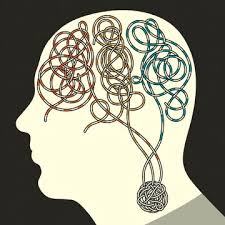
One way to understand the effects of meditation is in terms of the slow but steady ‘unwinding’ of experience that occurs as relaxation deepens. ‘Knots’ of energy in the body/mind are held as patterns of somatically encoded sensation, muscle contraction, emotion, and memory, all intertwined (“non-experienced experience”). When we meet each experience as it presents itself, without resistance, these knots begins to dissolve into the space of open awareness.
https://www.amazon.com/-/e/B01N24V17T p. 179
But encountering the knots of energy in the body/mind during meditation can also be overwhelming. According to Dr. Willoughby Britton, who has studied the adverse effects of contemplative practices for more than a decade, meditation can “lead people to some dark places, triggering trauma or leaving people feeling disoriented”. Contrary to the expectation of psychological improvements, meditation experiences can be difficult or distressing or even impairing. And this may happen even in people who have no prior psychological or trauma history.
Now, Britton and her colleague/ trauma specialist Dr. David Treleaven have created a program called First Do No Harm to help people work with these challenges. The program is aimed at meditation teachers and providers of mindfulness-based interventions—therapeutic techniques rooted in mindfulness practices—but the lessons are helpful for anyone who meditates.
In the trauma-sensitive approach, meditators are taught techniques such as ‘dual awareness’: keeping most of your awareness on something that’s safe and pleasant, but dipping into a negative emotion or trauma with 10 or 20 percent of attention. In this way, negative experience can be titrated.
For more information: [https://tricycle.org/trikedaily/trauma-meditation]